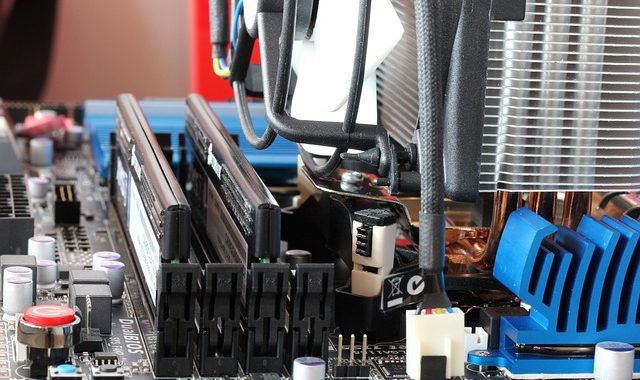Have you ever wondered how your personal computer works? If so, you're in for a fun time! In this blog post, we'll take a look at the anatomy of a personal computer. We will discuss the different components that make up a personal computer and explain their functions. So, if you are curious about PCs or just want to learn more about them, read on!
The heart of a computer is the central processing unit (CPU), also known as the CPU. It processes all your programs, applications and instructions. The CPU consists of two main parts: the instruction set and the arithmetic logic unit (ALU). The instruction set tells the computer what to do with any instruction, while the ALU is responsible for performing calculations.
In addition to the CPU, personal computers also have several other components that work together to keep them running smoothly. These include memory chips, storage devices and video cards. Memory chips are used to store programs and data while they are processed by the CPU. Memory chips provide long-term storage for data and applications. Graphics cards are used to display images on a computer monitor.
Finally, the last component of a computer is its operating system (OS). The operating system acts as a translator between the user and the hardware components of the computer. It allows applications to run and ensures that everything runs smoothly, without any conflicts or errors.
Now that you know the anatomy of a personal computer, you should be better equipped to understand how it works and what makes it work. If you are still unsure about any of these components or their functions, don't hesitate to ask an expert to explain. With this knowledge, you can now delve deeper into the maintenance and repair of personal computers and further explore the world of computing. Happy learning!

